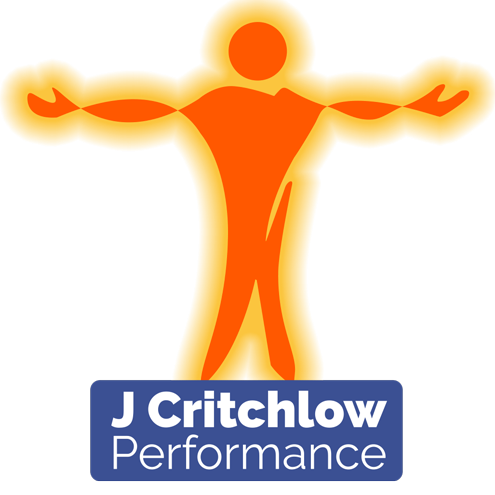
Movement is one of the key fundamentals to maintaining a strong healthy physical body but not only that but maintain a healthy mind and emotional state of being. It is important that we address the type of movement we require and how much and get the right balance of this as too much will burn us out and inflame our body and too little will leave us weak, brittle and toxic.
Movement is a requirement of the body for detoxification, our bodies don’t detoxify themselves we have to assist our lymphatic system to function, one way is by movement, a simple lack of movement will lead to a heavily toxic physical body and one that is extremely immune compromised. Leaving the individual vulnerable to an infinite number of infections and diseases. However certain movement and exercise typically above the level of the talk test (cannot perform the exercise without being able to hold a conversation comfortably) will yield an inflammatory response within the body and failure to adequately recover properly with proper nutrition, hydration and rest will leave in the long run likely cause serious chronic inflammation, joint ache, pain and illness and disease.
Each of us will have our own individual requirements at a given time to how much we should be moving and what type of movement we should be doing. We have to take into account a lot of different factors when prescribing an individual exercise program, including the level of conditioning an individual has in order for it to be a recipe for to improve overall health. It is extremely common to see people training at extremely high intensity’s and performing complex movements that their bodies are just not strong enough, co-ordinated enough, skilled or do not even have the neuromuscular connection to perform this type of activity safely and effectively. So this unfortunately means they are doing their body more harm than good!
We also need to look at one’s posture and how their own body has adapted to their environment, their activities, emotional holding patterns, hobbies, sitting and sleeping positions. These are all factors that could have an affect on ones posture, if movement is incorrectly prescribed as so often is the case, that will facilitate a problem and will likely lead to pain, dysfunction, faulty motor patterns and injury with that bringing a lot of stress. Posture never lies and failure to train towards that leads to poor function, weakness and ultimately poor health sometimes even chronic levels of stress that can manifest into disease.
We also have to look at overall stress levels of the individual, movement and exercise regimes are too often prescribed to beat up and leave people in a pool of blood, sweat and tears. This for most people is completely unnecessary and will only contribute to stress and damage to the body and to a point they are unable to recover from. The nervous system will get tripped into its sympathetic state, fight or flight mode and too much of this will quickly burn someone out and contribute to high levels of inflammation in the body and that’ll do no good for the better body they ultimately were seeking. Only It will contribute to poor health, pain and a lower level of performance if poorly managed.
What bio motor abilities do you need for your dream vision in body and movement. If you are training for a specific purpose, sport or leisure activity it is important to address what requirements that activity has and where your weaknesses lie. Do you need for instance to be more agile, well coordinated, strong or powerful for example. All of what you do has to be in line with what you want to be become but balanced with posture and energy expended to energy bought back in through recovery otherwise this will lead ultimately to worse performance, frustration, confusion and be damaging to your health.
So movement plays a critical role and is a key aspect of our overall health, balance is key though, individualised programs based on posture, lifestyle, aspirations, stress levels, musculoskeletal function and level of conditioning all need to be taken into account. This is something that I think is extremely undervalued, movement and exercise is often prescribed with Littleton no thought or intent behind it and leads to further imbalance and health issues.
This is why I created the JCritchlow Performance core foundation program. For movement is medicine, we need the right sort of movement for us and to execute that movement well and with purpose otherwise we are potentially causing ourselves more harm than good. A basic understanding of key principles of movement and integration is necessary for a healthy body that moves well. Bringing awareness to how our body and connection to ourselves. If you’d be interested in beginning an exercise program and along the way learn how to train in line with your body and its needs. Please email jamie_critchlow@hotmail.com for more details and I look forward to hearing from you.
